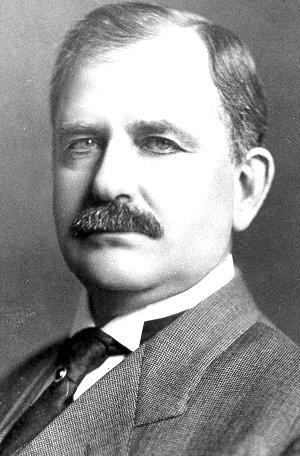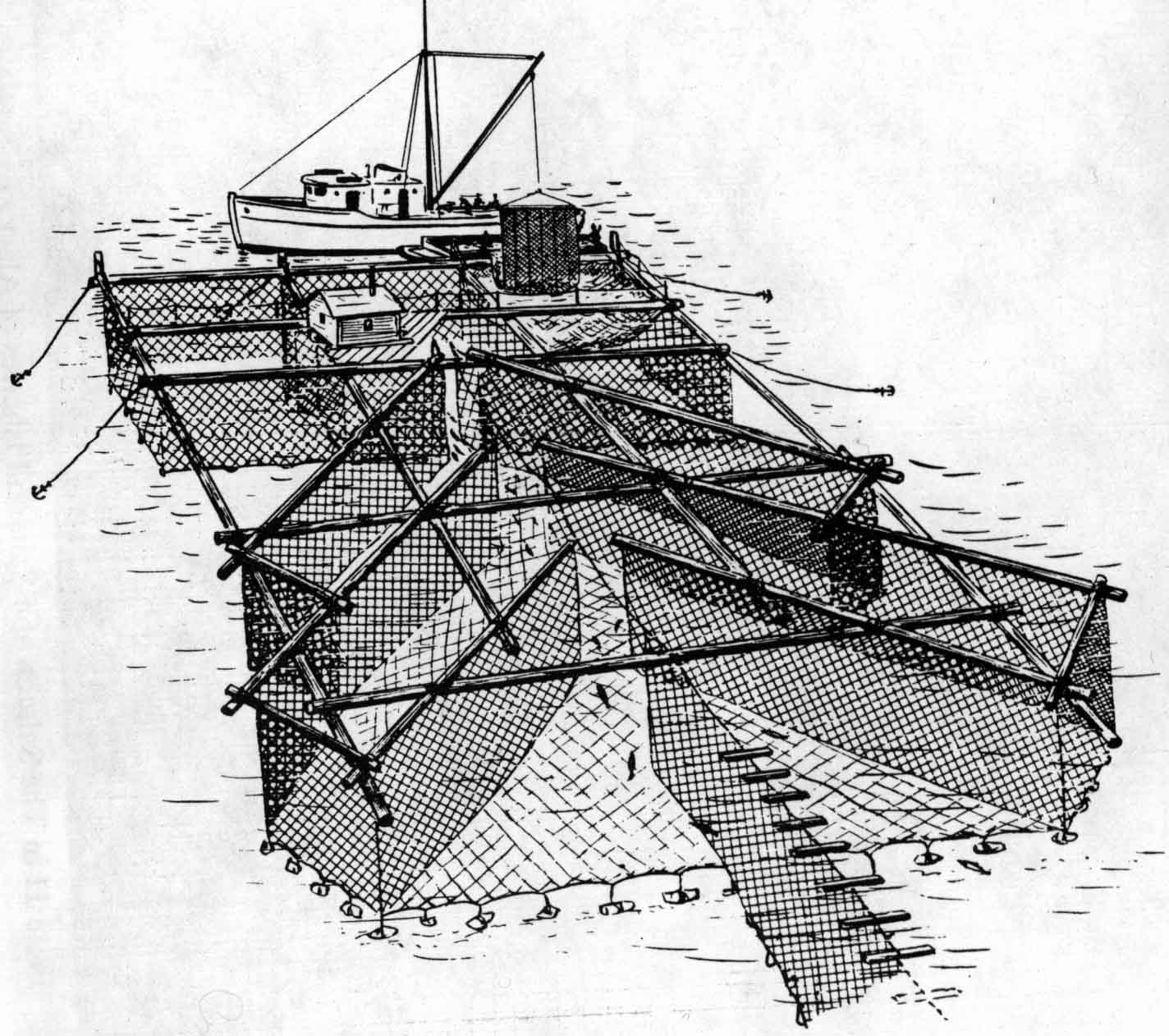First published October 11, 2018, ECHO Magazine
 Portrait of Secretary of State William H. Seward, officer of the United States Government. Brady National Photographic Art Gallery (Washington, D.C.), photographer.[Between 1860 and 1865]. Prints and Photographs Division.Reproduction Number: LC-DIG-cwpb-04948 |
As we approach statewide elections for public offices in Alaska, this might be a good time to reflect on why the people who lived in what was to become the 49th State wanted to be a state, and what it took to get that status.
For Background: Upon purchase of Alaska in April of 1867 the United States immediately turned it over to the U.S. Army to govern after having conducted the transfer ceremonies at the first Capital of Alaska, Sitka. Between l867 and 1877, the Army tried primarily to suppress the sale of liquor to Natives and protect Natives from non-Native abuse. 1
Alaska was a far-away neglected outpost of the United States. President Franklin D. Roosevelt appointed Ernest Gruening as Territorial Governor of Alaska.
 United States Senator Ernest Gruening characterized Alaskan history before statehood as being one of neglect by the federal government. He labels the period of 1867 to 1884 as “The era of Total Neglect”; 1884 to 1898 as “The Era of Flagrant Neglect”, 1988 to 1912 “The Era of Mild but Unenlightened Interest”; and finally the period from 1912 to 1933 as “The Era of Indifference and unconcern.”2
United States Senator Ernest Gruening characterized Alaskan history before statehood as being one of neglect by the federal government. He labels the period of 1867 to 1884 as “The era of Total Neglect”; 1884 to 1898 as “The Era of Flagrant Neglect”, 1988 to 1912 “The Era of Mild but Unenlightened Interest”; and finally the period from 1912 to 1933 as “The Era of Indifference and unconcern.”2
We know now Alaska represented National Security Topcover for America and as a colony of the United States of America the goal was dependency.
[*]Topcover for America
The army left Alaska in 1877–except for gold runs law enforcement at the Canadian border–and governance was turned over to the Treasury Department. Having a fleet of armed revenue cutters patrolling the coast of Alaska, this agency was determined to be more suited to enforce laws in a land where most transportation was by water. Also, army leaders believed that civil administration was better done by civilians.
The Navy department became the dominant federal agency in Alaska under President Chester A. Arthur, until 1884. The Navy improved its ability to keep peace in Alaska by appointing Native leaders as police.
During the early 1880s Alaskans began efforts to obtain Alaska-wide self-government. On July 4, 1881, Juneau residents called for a delegate to Congress to work for Alaska legislation. Several other Southeast towns joined Juneau in this quest–and actually sent a delegate–but Congress rejected him. These efforts renewed interest in Alaska and Congress established a civilian government for the territory in 1884.
Under this First Organic Act a district governor and court system were established.
President Arthur appointed the governor and court officials, including a district judge, court clerk, attorney, marshal, four deputy marshals, and four commissioners who could act as judges on minor matters. The First Organic Act also applied the laws of the State of Oregon to Alaska “so far as they may be applicable.” A federal land office was also opened at Sitka to administer a land district for all of Alaska.
The circumstances of Alaska being little more than a colony of the United States set the stage for Alaska Territory status.
The Second Organic Act in 1912 established Alaska as a Territory–rather than a district–and authorized Alaska to have its own legislature. This was the first time Alaskans had any say in laws passed to govern them. 3
The legislature consisted of a Senate and a House of Representatives with members of both bodies to be elected by Alaskan voters. This legislature had 24 members–two senators and four representatives from each of the four previously established judicial districts. It convened for the first time in March of 1913.
In 1916 Judge James Wickersham--serving as Alaska’s representative to Congress–introduced the first Alaska Statehood Bill in Congress. He also introduced the Alaska Railroad Bill and legislation to establish Mt. McKinley National Park. He was responsible for creation of the Alaska Agricultural College and School of Mines, which in 1934 became the University of Alaska.
During the mid-1930s Congress repealed the prohibition on liquor importation, provided some considerations for Alaska Natives wronged by the government, and allowed local governments to have limited powers of taxation to pay for public facilities such as schools, streets and water projects. The legislature was also expanded in 1945 providing two additional senators from each judicial district and redistributed representatives in proportion to the population of each district.
Outside commercial interests continued to control Alaska and they did not want to pay additional taxes to support the territory. Having an inadequate tax base presented a barrier to self-determination. A tax study in the late 1930s initiated by Gov. John W. Troy was completed by Gov. Gruening, who then developed a tax reform plan. A tax reform bill was presented to the 1941 Alaska Legislature based on the estimated value of the combined physical properties that had by then grown to half a billion dollars. This modest income and profits tax was defeated due primarily to opposition by the mining and fish
canning industries.
Alaska was called the “looted land” by journalist Richard L. Neuberger who wrote that of the 434 fish traps licensed by the U.S. Department of the Interior, only 38 belonged to Alaska residents. 245 were owned and operated by 8 large canning companies. The fish pack for 1946, a representative year, was worth $56,571,000 on which the canned salmon industry paid a territorial tax of $630,000–representing 24 cents per case of 48 one-pound
cans. That same year the fishing industry hired 10,956 Alaskans while importing 12,484 people from Outside who were paid when they returned home instead of being able to spend earnings in Alaska.4
It all seemed so unfair!
Fish traps became the symbol of absentee economic control. Outside interests wanted to extract Alaska natural resources at the cheapest price possible. Alaskans wanted more say over natural resources to provide income for infrastructure development. A referendum on the 1948 ballot asked whether or not Alaskans favored continued use of fish traps. 19,712 voters opposed them to 2,624 in favor.
The 1949 Alaska Legislature, in recognition of the popular demand for statehood, created the official Alaska Statehood Committee. It consisted of 11 Alaskans nominated by the governor (Gruening) and approved by the legislature, with no more than 6 belonging to the same party.
The main task of the Alaska Statehood Committee was to publicize and educate the public in Alaska and Outside on what statehood would do. Success of the committee became evident at the 1950 Senate hearings when numerous national groups, fraternal organizations, labor unions, newspaper editors, and even state governors testified in favor of the cause.
Alaskans came together to make this happen!
References:
1 Antonson and Hanable,
Alaska’s Heritage, P 279 Alaskans and the United States
2 Gruening, The State of Alaska,
Table of Contents
3 37 U.S. Stats. at Large, 512
(1912)
4 Alaska Legislature, House
Journal, 1915 p.11


